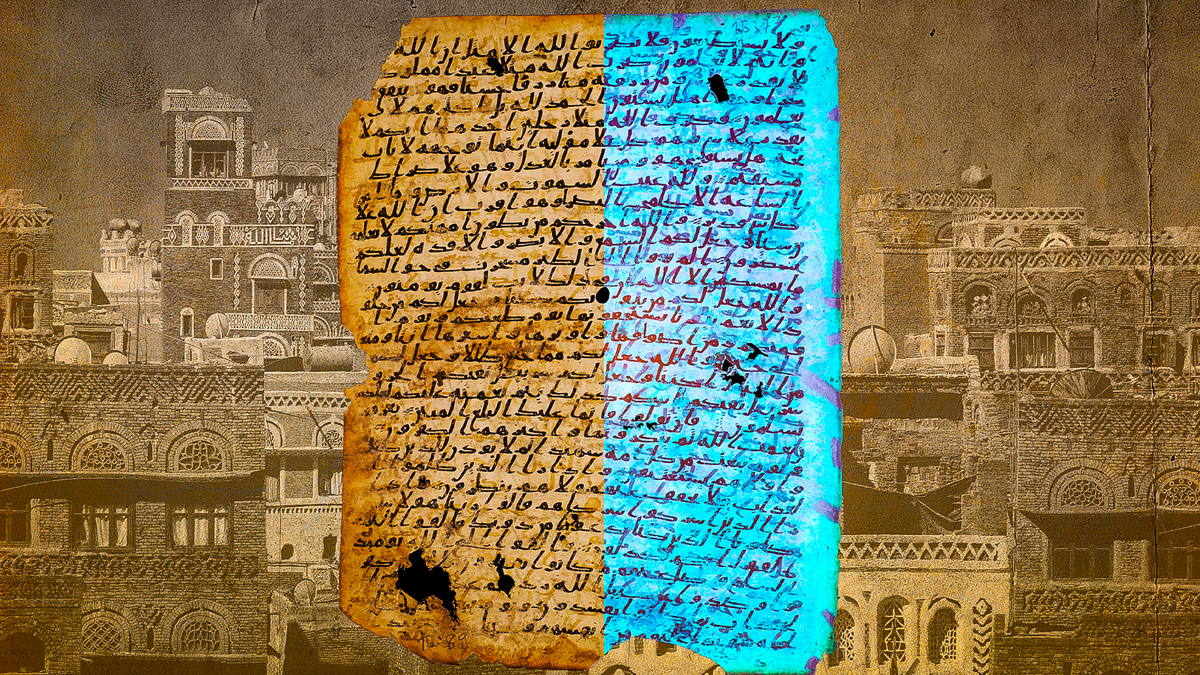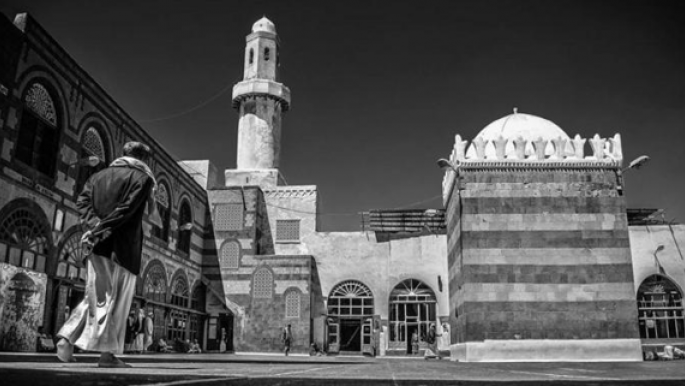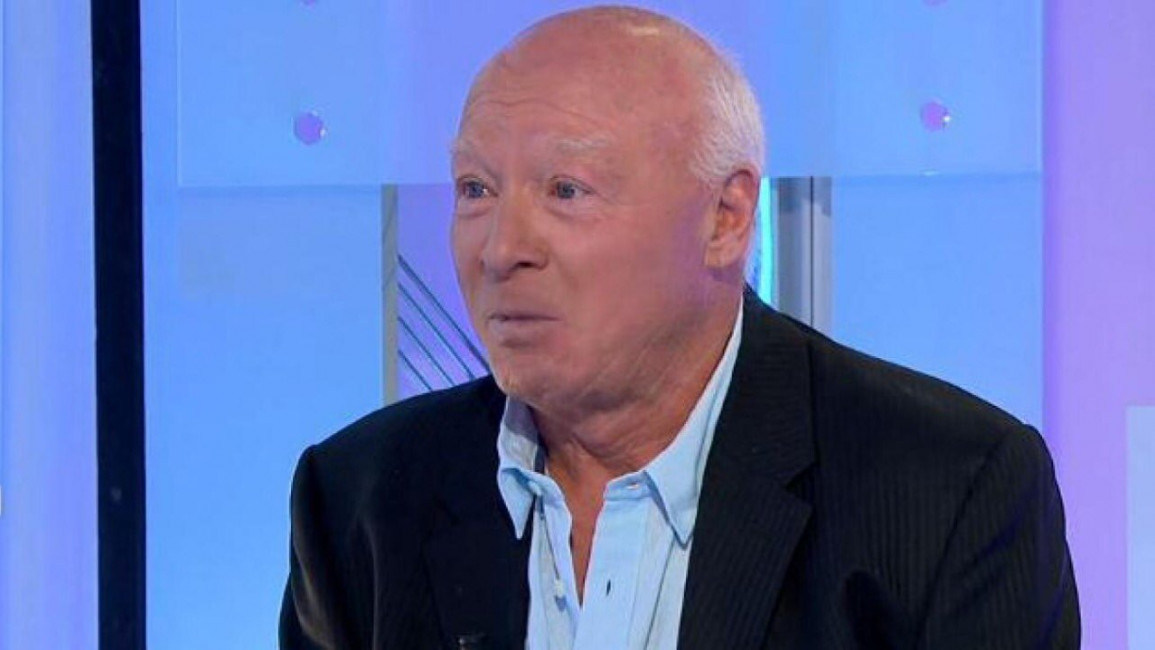By Saman Ayesha Kidwai and Sindhu Dinesh*
Africa has been an epicentre of violent extremist activities, for the past few decades. As per the Global Terrorism Index 2022, 48 per cent of the global terrorism deaths took place in Sub-Saharan Africa. The Sahel region is ‘home to the world’s fastest growing and most-deadly terrorist groups’.1 The poor socio-economic conditions, ideological trends, and weak governance have been causes for terrorist outfits laying inroads into African countries. Studies indicate that women play active roles in sustaining and facilitating extremist activities on the continent.2 There has also been an increase in the cases of women being arrested in terror-related incidents.3
Women vis-à-vis Terrorism in Africa
Women play multiple active and passive roles in carrying out terrorist activities. They are strategic as well as tactical actors for a terrorist organisation. Each parental organisation, such as the ISIS, their affiliates, or independent terrorist organisations, have relied on women to varying capacities to attain their goals. Women have assumed the roles of propagandists, recruiters, and participated in combat operations. ISIS, in Kano, Nigeria, has created all-women morality police units, Hisbah, to ensure other women toe the line on issues like dress codes, among others.4
While groups like the Al-Qaeda have restricted women to their societal roles of a wife and a mother, within the African context, groups such as Al-Shabaab in Somalia have exploited the society’s regressive understanding of women to their advantage. Women have been actively used to recruit, gather intelligence, disseminate propaganda, and shame other men into joining the jihadist cause. They have also raised funds and smuggled goods across checkpoints, evading security checks.5
The absence of adequate women’s participation in the police forces has also played into the terrorists’ hands as they are well aware that male officers, due to gender and cultural sensitivities, will refrain from indulging in security checks on women. By February 2022, only 1,400 women had been recruited into the Somali Police Force, for instance, out of the total 14,000 individuals serving as police officers.6 Furthermore, out of 300 members in Darwish, a special unit of the police force, only 30 women have been recruited into the ranks.7
The factors that propel women’s involvement in organisations like the Al-Shabaab stem from avenging the death of their kins on account of state-sponsored violence or due to ideological commitment. Recruiters exploit the fact that everyone in Al-Shabaab-controlled territories are mandated to receive religious education.8 Women have also married into the group for financial and physical security as the Somali state can provide neither.
Groups such as Boko Haram in Nigeria have used coercion to recruit young women into their ranks as suicide bombers. Using a similar strategy as Al-Shabaab’s, they exploit the regressive gender narrative and rely on primarily dispensable foot soldiers, i.e., women and teenage girls, to cause instability and chaos. During the period 2011–17, Al-Shabaab had used 244 women as suicide bombers.9
A predominant factor for women to be involved in violent extremism is economic grievance and poverty. Many women who have joined Al-Shabaab are primarily from poor areas such as Majengo, Garissa and Kwale in Kenya. These women are coerced into joining extremist organisations as fighters or informants, on the pretext of securing job opportunity.10 The terrorist outfits purposefully create a situation where access to resources is denied, rendering the people with no choice but to join the outfit as a means to provide for livelihood.11 Besides, the involvement of their family members and friends in such groups also adds to the pressure. Corruption and lack of political capacities to provide for the people frustrates the local population to join terrorist groups to punish the government and state forces.
Of the several case studies in Africa to understand the role of women in terrorism, security trends in Western Africa and the Sahel provide compelling insights. The region surrounding northern Mali and bordering Niger and Burkina Faso is plagued with multiple violent extremist outfits, including Islamic State affiliate–Islamic State in the Greater Sahara (ISGS), AQIM, Jama’a Nusrat ul-Islam wa al-Muslimin (JNIM) and others.12
The Islamic State has been openly receptive to including women into the rungs of its organisation and it even has a separate female brigade, ‘Al Khansaa Brigade’.13 The JNIM, while publicly denying the use of women as suicide bombers, does include them as informants and for other domestic support.14 The AQIM, on the other hand, has indulged in the practice of ‘jihadi brides’ and encouraged its members to marry the locals to gain local support.
One of the reasons which add to the complexity of the security situation in Mali is the nexus and linkages between local insurgent rebels and external organised terrorist outfits. One dimension of this linkage is that jihadist leaders marry women of the local communities, thus securing a sense of safety, support and belongingness to the people. A classic example is the case of AQIM leader, Mokhtar Belmokhtar, who married four women from Tuareg and Arab Berabiche communities to ‘expand his network of influence’.15
Mitigation and DDR Measures
The foremost step in addressing this pressing issue is the imperative of government authorities and regional organisations acknowledging this phenomenon. Unfortunately, governments are often guilty of dealing with the threat of violent extremism as ‘mambo yavijana’ (Kiswahili term denoting ‘issues of male youth’), a phrase generally used for describing violent extremism. As a result, governments overlook the fact that women are visibly important actors in the domain of violent extremism. Therefore, there is a need for gender-sensitivisation of counter-terrorism activities.
The success of states’ mitigation strategies is contingent on developing and maintaining cohesive and efficient institutional structures which provide swift justice, holistic development, and security, across fault lines. However, this requires a long-term commitment to rebuilding the state capacities by domestic and regional actors—aided by external support, not interference.
The short-term adhesive that should be applied includes gender sensitising ongoing rehabilitation programmes and demobilisation, disarmament, and reintegration (DDR) measures. This is necessary to aid women who have left behind a life of terror voluntarily or due to the death of their husbands and to help them re-assimilate with the mainstream society that would be wary of accepting them. They need additional support in dealing with the mental anguish of surviving abuse, lack of adequate access to issues relating to women’s health, or finding employment to sustain their families.
Without adequate support, such women could suffer in detention camps or go back to violent activities. This will legitimise the propaganda of terrorist groups about the states’ indifference towards ordinary citizens while elites exploit primary resources, as in Syria’s Al-Hol Camp.16 The absence of security measures and deplorable conditions make the detainees susceptible to recidivism or indoctrination by recruiters who have maintained a visible presence. In addition, the terrorists can use such issues to convince the camp residents that they would fare better living under ISIS’ rule rather than under Kurdish control. The prospects of repatriation to their home countries where they would face persecution or be stripped from their families is another big concern.
The role of regional organisations is also equally important. The UN Office on Drugs and Crime (UNODC) held an event on 19 May 2021, along the margins of the UN Commission on Crime Prevention and Criminal Justice, titled ‘Addressing Gender in Preventing Violent Extremism and Terrorism in Africa: Integrating Women’s Diverse Roles and Voices’.17 UNODC’s regional partners in Africa, like the Cairo International Centre for Conflict Resolution, Peacekeeping and Peacebuilding, African Union’s (AU) Centre for the Study and Research on Terrorism and other organisations, participated in the discussions. It was emphasised that there needs to be a greater understanding on the roles women play in order to develop tailored strategies against violent extremism. The need for building institutional and community resilience, empowerment of women, increase in participation and representation of women in counter-terrorism and criminal justice agencies, among others, was stressed.
As part of fulfilling Aspiration 4 of Agenda 2063, the Peace and Security Architecture (APSA) of the AU could take steps to recognise the role of women in terrorism.18 With this as a launch pad, additional DDR measures could be taken. AU could empower governments with guidelines to implement the same. Any counter-terrorism measures that do not consider the subtle yet critical roles women play in extremist outfits would be ineffective.
Conclusion
The involvement of women in terrorist activities in Africa is nuanced, multi-layered, and dynamic. Women have advertently or inadvertently proliferated into terrorist outfits and have played supporting and enabling roles in these organisations. Violent extremist groups like the AQIM, JNIM, and others deal with the involvement of women differently. While some encourage and actively enable their role, others publicly denounce women’s inclusion even while relying on them. Furthermore, while some organisations only include women for tactical roles like cooks, recruiters, others have them for strategic roles like suicide bombers and informants.
It is imperative for affected states to engage in capacity-building through a bottom-up approach, taking on board local religious and community representatives. The AU should play an essential role in recognising the role of women in terrorism and tackling the threat the phenomenon poses. Successful state and civil society initiatives against terrorism are also hinged on measures to ensure their ideological defeat. This is because, even if violent extremist actors are eliminated or their organisations are disbanded, their ideological influence continues to foment fear and instability.
Views expressed are of the author and do not necessarily reflect the views of the Manohar Parrikar IDSA or of the Government of India.
*About the authors:
- Ms Saman Ayesha Kidwai is Research Analyst at Manohar Parrikar Institute for Defence Studies and Analyses, New Delhi.
- Ms Sindhu Dinesh is a Research Analyst at the Manohar Parrikar Institute for Defence Studies and Analyses (MP-IDSA), New Delhi.
Source: This article was published by Manohar Parrikar IDSA
- 1.“Global Terrorism Index 2022”, Relief Web, 2 March 2022.
- 2.“The Role of Women in Violent Extremism in Kenya”, Institute for Security Studies, May 2017.>
- 3.Joana Cook and Vanessa Newby, “An Interview with NATO on Gender and Counter-Terrorism”, International Centre for Counter Terrorism (ICCT), 9 April 2021.
- 4.Nduka Orjinmo, “Nigeria’s Kano State Moves to Ban Mannequin Heads on Islamic Grounds”, BBC News, 16 August 2021.
- 5.“Women and Al-Shabaab’s Insurgency”, International Crisis Group, 27 June 2019.
- 6.Moulid Hujale, “The Somali General Fighting Al-Shabab and the Patriarchy”, Al Jazeera, 25 February 2022.
- 7.“In Somalia Women Are Joining a Special Police Unit to Fight For Peace and Security”, EUCAP Somalia, n.d.
- 8.Fathima AzmiyaBadurdeen, “The Kenyan Women and Girls Who Joined Al-Shabaab: How Gender Dynamics, Ideology, Politics Influenced Their Choices”, Firstpost, 25 February 2021.
- 9.R.S., “Why Boko Haram Uses Female Suicide Bombers”, The Economist, 31 October 2017.
- 10.Irene Ndung’u and Uyo Salifu, no. 2.
- 11.Ibid.
- 12.“Surge in Militant Islamist Violence in the Sahel Dominates Africa’s Fight against Extremists”, Africa Center for Strategic Studies, 24 January 2022.
- 13.Unaesah Rahmah, “The Role of Women of the Islamic State in the Dynamics of Terrorism in Indonesia”, Middle East Institute, 10 May 2016.
- 14.Jeannine Ella Abatan, “The Role of Women in West Africa’s Violent Extremist Groups”, Institute for Security Studies, 12 October 2018.
- 15.Ibid.
- 16.“Deteriorating Security Conditions in Al-HolCamp Necessitate Repatriation Programs”, Syria Justice and Accountability Center, 22 October 2020.
- 17.“UNODC Builds Partnerships in Africa to Promote Women’s Perspectives and Voices to Prevent Violent Extremism”, United Nations Office on Drugs and Crime, n.d.
- 18.“Our Aspirations for the Africa We Want”, The African Union Commission, n.d.














